
The World of Raised Stone Garden Beds
Published: 24/01/2023 | Updated: 30/05/2023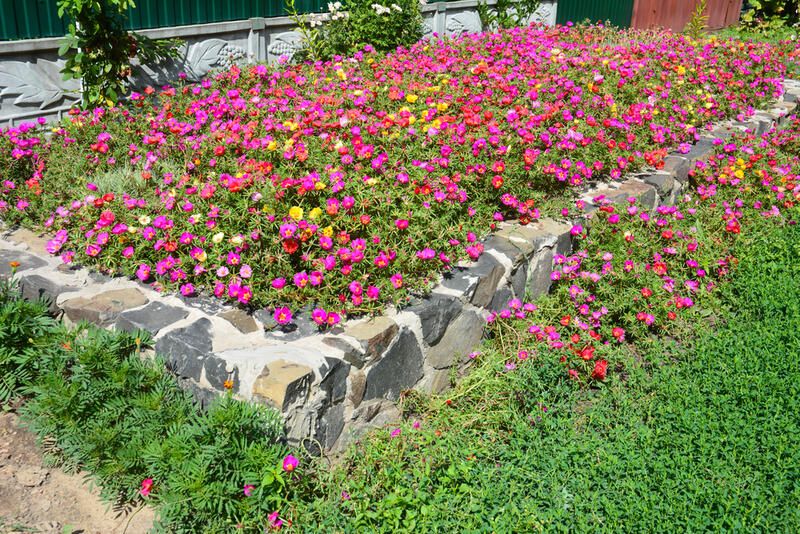
It can be difficult to grow plants on a western slope with rocky soil, lots of light and wind, plus deer and gophers. If only Mother Nature had provided us with the ideal, sustainably derived building material for our organic kitchen gardens—something that is both stunning and robust.


Or has she?
For thousands of years, builders have employed stone to give their constructions more heft and opulence. We see natural stone withstanding the test of time in structures like the pyramids of ancient Egypt and the temples of ancient Greece. Even a modest stone project, such as a kitchen garden on a raised bed made of stone, would have a noticeable effect on your backyard.
You can achieve stunning results by using raised stone garden beds and regionally appropriate plants. Even a zone 9 California garden with thin soil and a steep slope can be transformed into a stunning setting. For smaller beds or areas, excavating and replenishing the soil will always be effective, but larger areas and projects call for a different strategy. Let's get started.
A Look into Raised Garden Beds
For plants, in this luxuriant and flower-filled in this region, raised beds are essential. They are filled with a mixture of topsoil and nutrient-rich compost, which retains moisture and provides a solid foundation for whatever is growing there. Raised beds make upkeep much simpler – no going down on the ground to pick weeds or deadhead flowers. They also make it easy to tailor your soil mix to the plants you wish to grow.
They are constructed from stone that was excavated for the building of the home. Gopher wire, a robust fencing material, is used to line the bottoms of the beds to prevent those fuzzy critters from settling down.
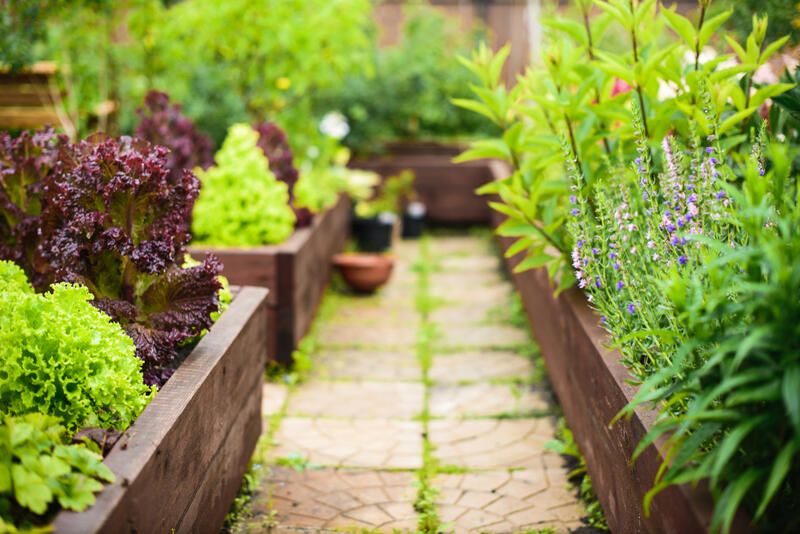
Keep Plants Happy
Even in a hot, arid area, a beautiful garden still requires less upkeep than you might imagine. For water conservation and weed control, a layer of mulch that is spread every year in the early spring is essential. Compost created from kitchen scraps, grass clippings, and garden waste makes up the first inch or two of mulch and progressively feeds the soil. Another inch or so of finely chopped hardwood is placed on top of this. Each plant in these stone-raised garden beds receives adequate watering from a timed drip irrigation system, preventing fungal diseases that could be brought on by splashing water.
Stone Raised Garden Beds Color Themes
For cutting, each raised bed contains a variety of shrubs, roses, and other flowering plants. They blossom in hues that go well with the decor of the house, so bouquets from the garden always look lovely. The eye-catching colors are rich, fall-like peachy oranges, pinks, and reds with a dash of chartreuse. However, they wouldn't appear as vivid and the beds wouldn't have the same depth if the blues and purples weren't used to contrast against them.
Pros & Cons
We give natural, attractive, robust, sustainable, and reasonably priced materials for raised best priority. For the first four conditions, stone more than lives up to our expectations, but it is not without cost.
We have examined every angle of the advantages and disadvantages of using stone for raised garden beds to help you determine if they are right for you. Let's start with the advantages.
Pros
Stone is Durable
When it comes to gardening materials, nothing outlasts stone in terms of durability. You won't have to worry about the exceptional performance of this building material being affected by severe winter storms, muggy summers, or even floods. You won't have to be concerned about termites or rotting destroying your stone beds.
Even ordinary wear and tear won't be a concern. Stone requires almost no upkeep because it will maintain its natural beauty with little attention. You can count on your stone bed to last a very long time.
Pro tip: Look for locally sourced stone to further reduce the carbon footprint of your purchase.
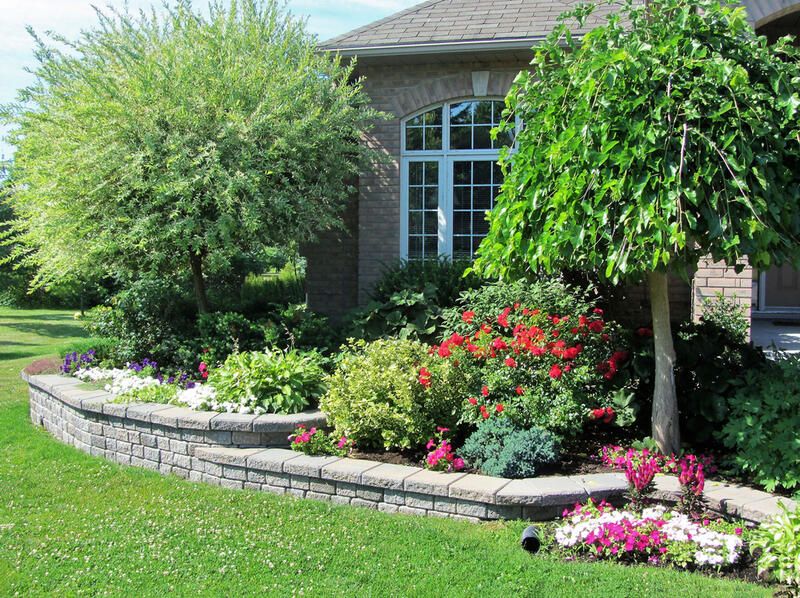
Stone is a Fantastic Design Choice
Natural variations in color, tone, shape, size, and texture make stone a remarkably adaptable material. There is a stone that will complement your style and blend in with the rest of your outdoor design, whether your home is super modern or rustic chic.
About garden design, our objective is to have the raised beds blend in with the surrounding scenery so that your kitchen garden appears to have always been there. For a unified appearance, you may easily choose a stone that complements a building material in your home or line your flower beds with the same stone used to construct your raised beds.
Food-Safe Building Materials
Raised bed kitchen gardens are meant to be used to grow food that you can eat. The last thing we want to do is grow our edible plants in soil that contains artificial or extremely harmful substances that could leak into our meals. Stones don't release chemicals or need any form of stain or coating to keep them looking good.
Environmentally Friendly & Sustainable
Using stone in your garden has almost no environmental impact. Stone is found in nature, unlike the majority of other materials, and just minimal energy is needed to process and manufacture it. Modern methods for finding and extracting stone are effective and strive to have less of an impact on the environment. In reality, producing stone uses less water, energy, and chemicals overall than producing other building materials. Not even any trees need to be felled. You may easily recycle or repurpose the extra stone from your raised bed project somewhere else.
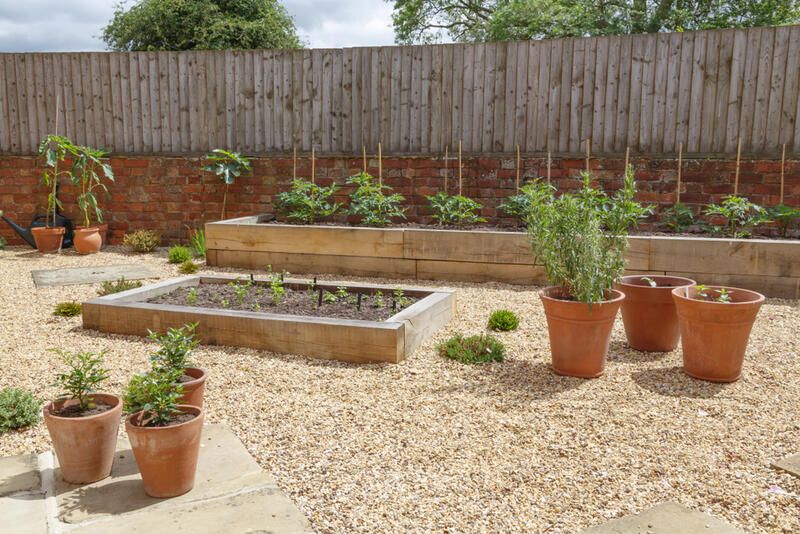
Cons
A Stone Raised Garden Bed Can Take Up Space
If you only have a tiny area in your yard to dedicate to your kitchen garden, using stone as your raised bed construction material might not be the best choice. Your stone-raised garden bed's sides will be thick, which is fantastic for longevity but not so great for maximizing the amount of growing room you have. The elevated sides alone will ultimately cost you approximately a foot of your bed's total width and length.
A material like steel, which has a narrow profile and helps you to use every square inch of space, can be ideal for growing in a tiny environment.
Planning & Prep Work
Make sure your calculations regarding the quantity of constructing materials are accurate before beginning to construct your stone beds. You might not be able to run to the hardware store and grab more stone, as you could with wooden planks, depending on where you're getting your stone from. If your stone is being shipped to you, the cost of shipping is probably so high that you won't want to place another order. We advise getting extra supplies and preparing for the unexpected.
The next step is to ensure that the base upon which your stone bed will be constructed is solid and compacted. Your garden bed's entire construction hinges on a foundation strong enough to withstand the weight of the stones, which is rather hefty. You don't want your stone walls to start to crack as a result of the earth below settling. Before adding the following layer, you must level the stones.
We hope you're satisfied with the site once your stone bed is constructed because it won't be moving anytime soon. We advise employing a masonry construction business to assist in helping develop and build your stone-raised beds because stone projects cannot be changed, repaired, or relocated and because they demand a lot of difficult physical labor.
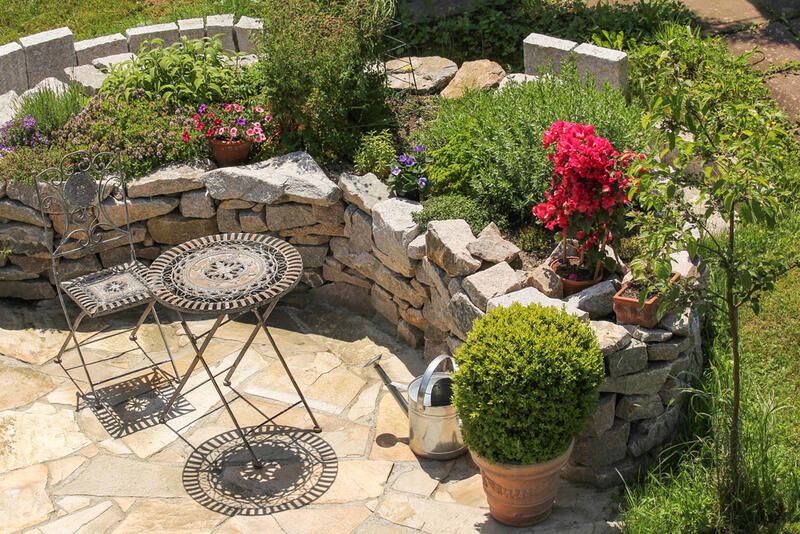
Not the Cost-Friendly Option
The cost of stone may not be affordable for all raised bed budgets. Brick might be a better option for you financially.
Having said that, the high initial cost of stone is often countered by its minimal care requirements and durability, especially if you live somewhere where there is a lot of rain or humidity that will quickly decay a wooden bed. Stone won't need to be replaced like so many other materials do.
Making wise choices as you begin to construct your raised beds will help you save money over time and guarantee that you get the most out of your gardening space. I detest watching people construct their first raised beds using inferior materials to save money, only to be let down and forced to start over.
Get Professional Garden Design & Installation Help
If you decide to use stone, your garden will last for many years as an exquisite focal point for your landscape.
Even before anything is put in stone, choosing the right configuration, style, and construction materials for your kitchen garden might be intimidating. Because of this, Shrubhub.com has a ton of resources that can be used to your advantage.
We can assist you whether you need a little or a lot of aid. You can collaborate with a professional designer who has received Shrubhub training to have your landscape planned and created for you. Your designer will help with every step of the way so that you have a lovely and useful hardscaping component in your outdoor space, including deciding on the ideal location and design for your raised beds. Work with your designer and begin now for 70% off!


